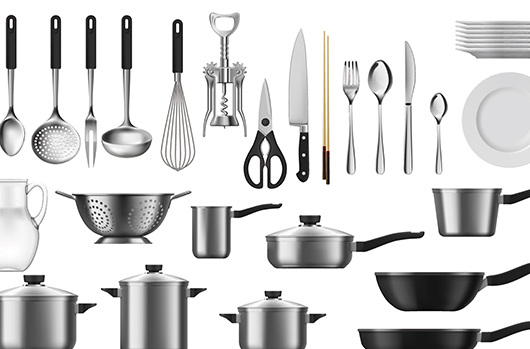1、 Problem investigation and traceability
Check the printing process
Hardware level: Check the printer nozzle for ink or toner residue or blockage. By using the built-in cleaning function of the printer, the nozzle can be cleaned multiple times. If the problem persists after cleaning, it is necessary to consider replacing the nozzle. Check if the ink cartridge and toner cartridge are installed correctly, if there are any ink or powder leakage issues, and reinstall or replace them if necessary. Check the print head of the printer and promptly repair or replace it if it is severely worn.
Software level: Confirm whether the printer driver is the latest version. If not, go to the printer manufacturer's official website to download and install the latest driver. At the same time, check if the operating system has been updated, update the system in a timely manner, and ensure compatibility between the operating system and printer drivers. In printing software, check the print task queue and promptly clear any unfinished or erroneous tasks.
Review label design and production
Design rationality: Check the label design file to see if the layout of text and graphics is too compact, and if there are any overlapping elements. For complex label design, adjust the text size, line spacing, letter spacing, as well as the size and position of graphics reasonably to leave enough space for each element.
Standardization of production: Confirm whether the paper and consumables used in the label production process meet the requirements of the printer. Low quality or incompatible paper may result in poor printing quality and cause reprinting issues. In addition, check if the label pasting process is standardized and if there are any wrinkles, bubbles, or other issues.
Verify the shooting and uploading process
Shooting process: Check the settings of the shooting equipment, such as resolution, focus, exposure, etc., to ensure that they are appropriate. Ensure sufficient lighting in the shooting environment to avoid interference from shadows and reflections on the label image. Review the shooting angle to ensure that the labels are fully and clearly displayed in the photo, without any tilt or obstruction.
Upload process: Check if the image has been compressed or damaged during the upload process. If the image format is not compatible, there may be quality loss during the upload process, resulting in blurry label information. You can try converting the image to a common and compatible format, such as JPEG, and then uploading it.
2、 Correction and resubmission
Resolve printing issues: After completing the hardware and software checks of the printer, perform test printing. Use blank label paper to print simple text and graphics, observe the printing effect, and confirm whether the reprint issue has been resolved. If the problem is resolved, reprint the label and correctly paste it onto the product.
Optimize label design and production: After modifying the label design, print a sample again and check the printing effect. After confirming that the design and production are correct, print labels in bulk and ensure that they are firmly and smoothly attached.
Re shoot and upload: After resolving the issues with label printing and production, re shoot the physical image of the inspection report. When shooting, strictly follow the correct shooting parameters and methods for operation. After the shooting is completed, carefully check the image to ensure that the label information is clear and complete. Finally, upload the images that meet the requirements to the backend.
3、 Development of preventive measures
Establish equipment maintenance mechanism: Develop a regular maintenance plan for the printer, and conduct comprehensive inspections and cleaning of the printer at regular intervals (such as one month). Record the usage of the printer, including the number of prints, replacement time of consumables, etc., in order to promptly identify potential issues.
Standardize the process of label design and production: Establish a label design review system, and before the label is officially put into production, professional personnel will review the design documents to ensure that the design is reasonable and standardized. At the same time, strict control should be exercised over the label production process, and reliable quality paper and consumables should be selected.
Strengthen shooting and upload management: Train shooting personnel to familiarize them with correct shooting methods and equipment operation skills. Develop image upload standards, clarify requirements for image format, size, resolution, etc., to avoid problems caused by improper uploading.































